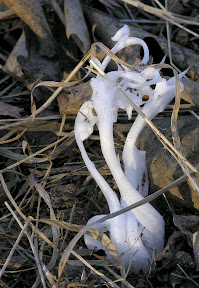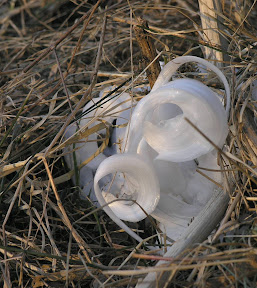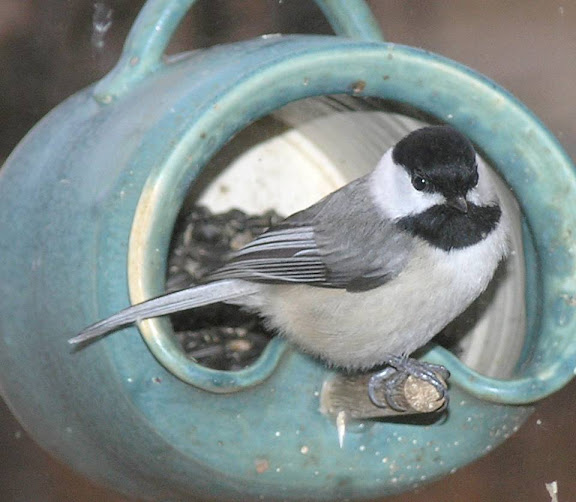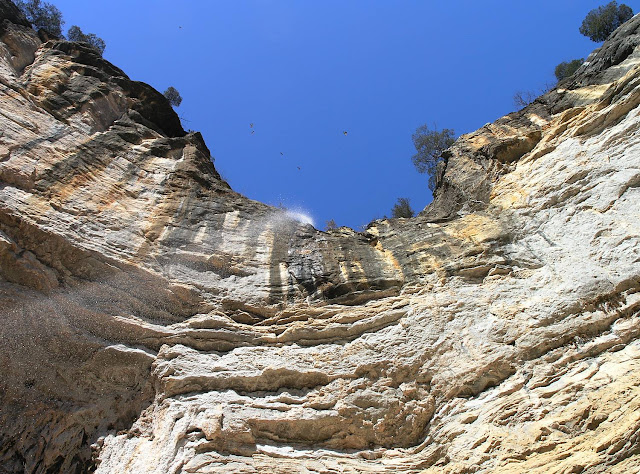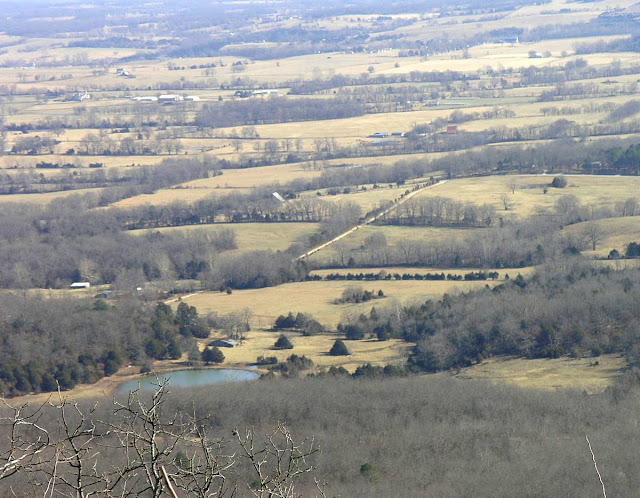Tufted Titmouse (Baeolophus bicolor)
The Tufted Titmouse is a common songbird in the forest and at feeders in the Eastern United States. Since the 1940s Tufted Titmice have gradually expanded their range northward into the Great Lakes region and southeastern Canada. Prior to that their range only extended as far north as Iowa, Ohio, southern Pennsylvania, and New Jersey. Researchers are not certain of the exact reason for this expansion, but global warming, the maturation of abandoned farmlands to forest, and increased number of winter bird feeders are suggested as possible explanations.
Summer Range: Resident from southern Minnesota, northern Michigan, southern Ontario and southern Vermont, southward to northeastern Mexico and the Gulf Coast.
Habitat: Deciduous and mixed woods forests as well as gardens, parks and shrub land.
Feeding Behavior: Forage actively on branches, sometimes on the ground, mainly
Nesting: Titmice nest in a hole in a tree, either a natural cavity or sometimes an old woodpecker nest. They line the nest with soft materials, sometimes plucking hair from a live animal such as a dog. (Once while napping on a camping trip, I was the live animal whose hair a titmouse attempted to include in its nest.)
Sometimes, a bird born the year before remains to help its parents raise the next year's young. The pair may remain together and defend their territory year-round. These birds are permanent residents and often join small mixed flocks in winter.
Sources and additional information:
Wikipedia
Cornell Lab of Ornithology
Please click the logo above to participate and/or find more Camera Critters photos.
.

